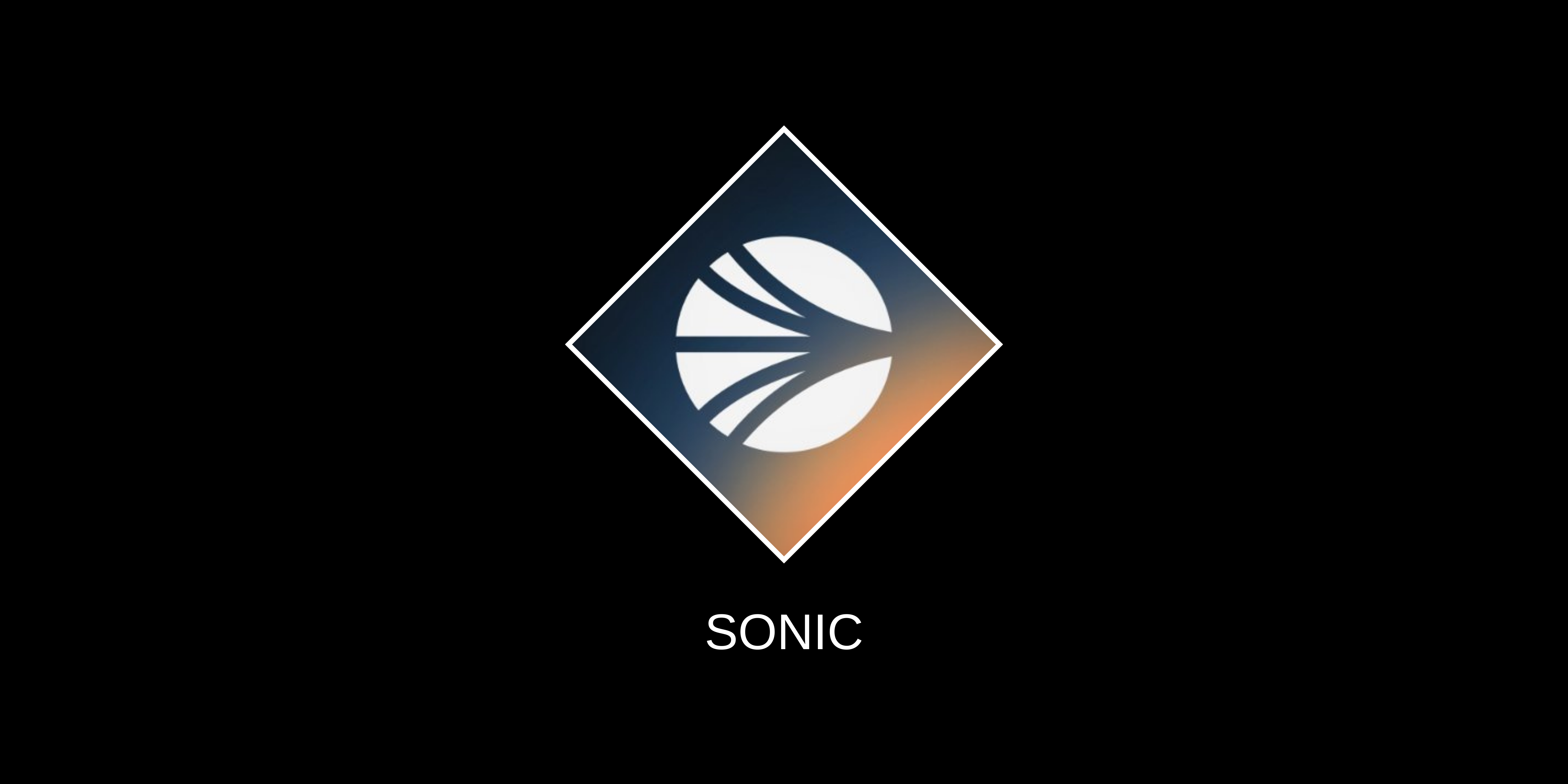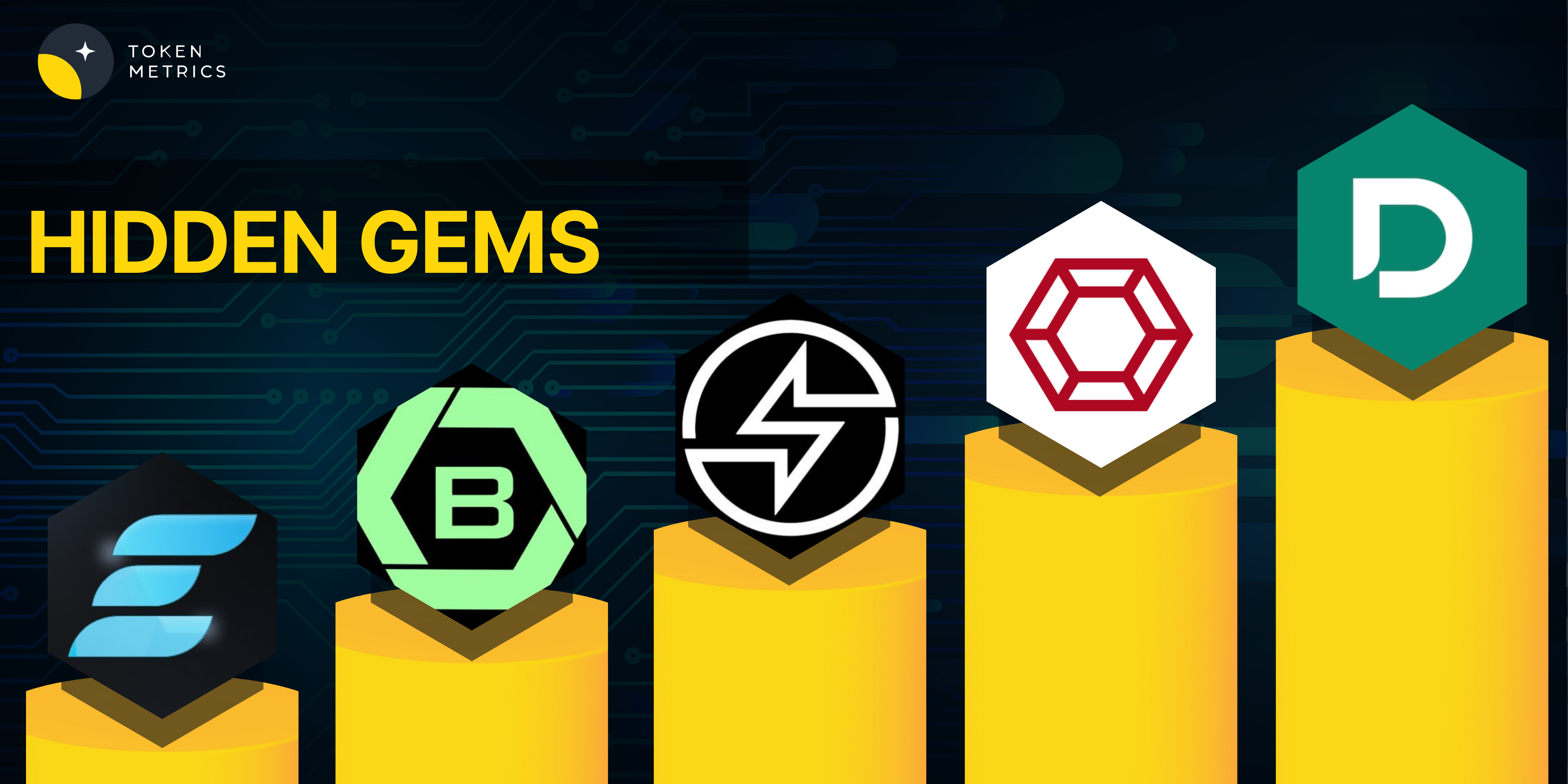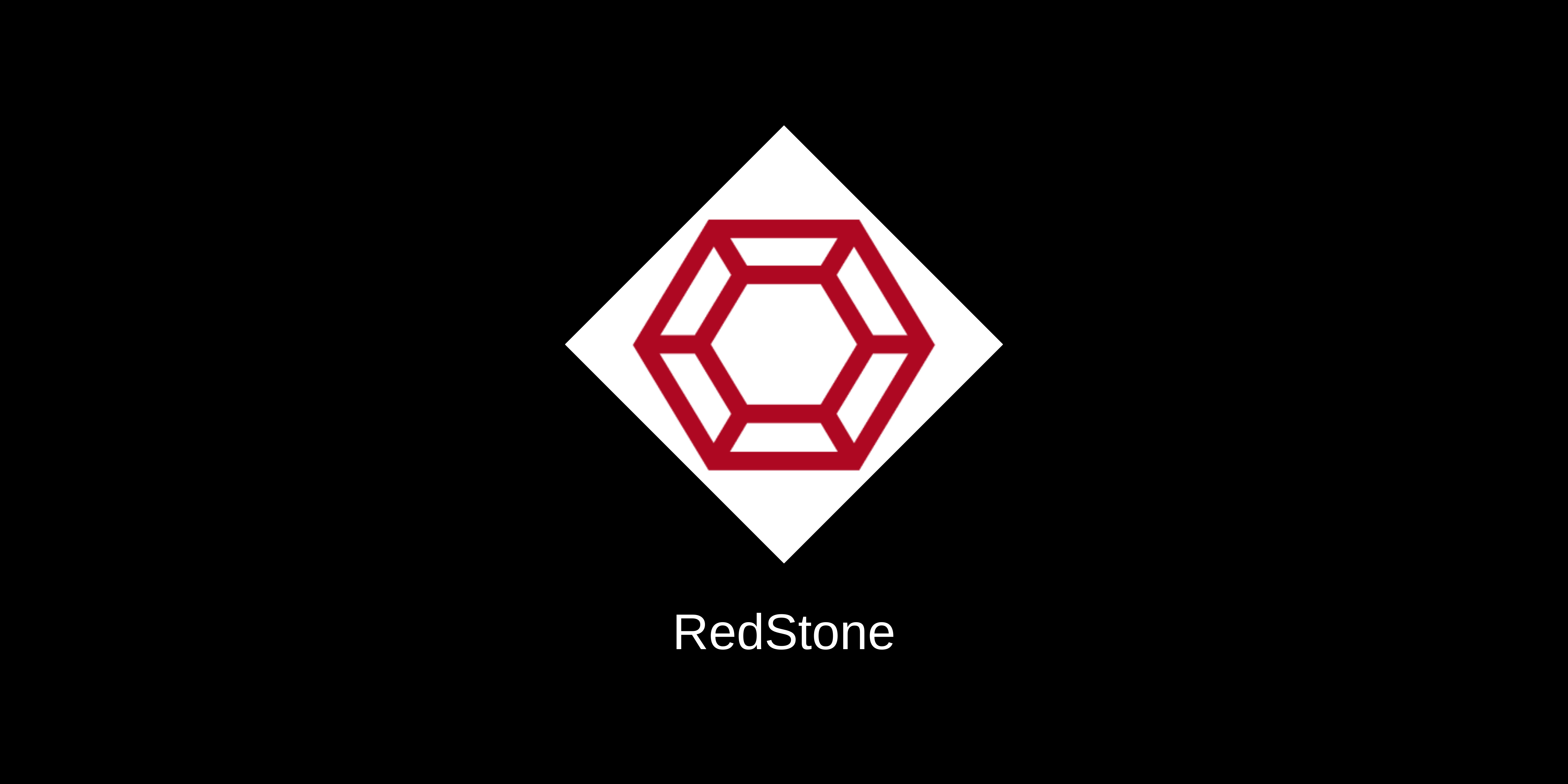Introduction
Waku is a decentralized, censorship-resistant communication protocol designed for Web3 applications, focusing on privacy, security, and scalability. It provides a robust peer-to-peer messaging system, using advanced cryptographic technologies like zero-knowledge proofs to prevent Denial of Service (DoS) attacks, and is adaptable to resource-constrained environments such as browsers and mobile devices. Waku is already being used in several high-profile platforms, including Status, Railgun, and The Graph, making it an important part of the Web3 infrastructure.
Innovation
Waku scores highly in innovation due to its unique approach to decentralized messaging. The use of message sharding, zero-knowledge proofs, and its support for resource-limited devices are key differentiators. The family of protocols (Relay, RLN Relay, Store, Filter) designed to handle specific messaging needs, from spam prevention to message retrieval, demonstrates Waku’s versatility and forward-thinking architecture. With a focus on scalability and adaptability, it addresses the core challenges of decentralized communication at scale.
Architecture
Waku’s architecture is complex yet well-suited for its goals. The system employs message sharding across eight pubsub topics for optimized traffic distribution, enabling better scalability. Additionally, automatic shard selection based on content topics ensures that users efficiently connect to relevant nodes. The architecture supports multiple protocols (Relay, RLN, Filter, Store, Light Push), each tailored for specific functions within the ecosystem. However, the architecture’s complexity, while necessary for its robust feature set, can present challenges for developers integrating Waku.
Code Quality
The Waku project demonstrates a high level of code quality. It is implemented across multiple software development kits (SDKs), including JavaScript and Nim, with a focus on efficient integration in various environments. The Nim-based Waku node client (nwaku) is particularly well-optimized for running lightweight nodes, providing flexibility for developers and node operators alike. The well-documented codebase, alongside its modular design, contributes to ease of customization and maintenance, making it a solid foundation for Web3 communication.
Product Roadmap
Waku’s roadmap is focused on further enhancing its communication protocols and expanding its usability across additional platforms. Ongoing developments include improvements to its RLN Relay protocol for enhanced spam protection and optimization of light node usage to further support mobile and resource-limited environments. The protocol’s integration into platforms like Logos, a movement focused on creating trust-minimized governance services, reflects Waku’s continued evolution and its increasing adoption within the Web3 ecosystem.
Usability
Waku is primarily designed for developers, and while it offers significant capabilities for integrating decentralized communication into Web3 applications, its usability remains somewhat niche. The available SDKs make integration into JavaScript-based applications smoother, but the protocol’s complexity can present a steep learning curve for those unfamiliar with decentralized systems. As such, the core user base at present is limited to developers with specific needs in the decentralized communication space.
Waku Team
Waku benefits from an open-source, community-driven team that contributes to its ongoing development. This decentralized team structure is well-suited to the ethos of the Web3 movement and allows for broad input and collaboration. However, the distributed nature of the team may also pose challenges in terms of coordinated development, but the project’s open-source approach ensures a diverse range of contributors and perspectives.
Conclusion
Waku is a well-engineered, innovative, and scalable decentralized communication protocol tailored for Web3 applications. Its focus on privacy, security, and adaptability in resource-limited environments makes it a strong candidate for platforms seeking a decentralized alternative to traditional messaging systems. While its complexity limits its usability primarily to developers, the protocol’s flexibility and robust design provide significant value for decentralized application (dApp) developers. As the project continues to evolve, it is poised to become an increasingly important part of the decentralized ecosystem, particularly in communication-focused applications.
| Initial Screening | |||
| Keep researching | |||
| Does this project need to use blockchain technology? | Yes | ||
| Can this project be realized? | Yes | ||
| Is there a viable use case for this project? | Yes | ||
| Is the project protected from commonly known attacks? | Yes | ||
| Are there no careless errors in the whitepaper? | Yes | ||
| Project Technology Score | |||
| Description | Scorecard | ||
| Innovation (Out Of 11) | 9 | ||
| How have similar projects performed? | Good | 2 | |
| Are there too many innovations? | Regular | 2 | |
| Percentage of crypto users that will use the project? | 6%-10% | 3 | |
| Is the project unique? | Yes | 2 | |
| Architecture (Out of 12) | 9 | ||
| Overall feeling after reading whitepaper? | Good | 2 | |
| Resistance to possible attacks? | Good | 2 | |
| Complexity of the architecture? | Very Complex | 0 | |
| Time taken to understand the architecture? | 20-50 min | 1 | |
| Overall feeling about the architecture after deeper research? | Good | 4 | |
| Has the project been hacked? | No | 0 | |
| Code Quality (out of 15) | 14 | ||
| Is the project open source? | Yes | 2 | |
| Does the project use good code like C,C++, Rust, Erlang, Ruby, etc? | No | 1 | |
| Could the project use better programming languages? | No | 0 | |
| Github number of lines? | More than 10K | 1 | |
| Github commits per month? | More than 10 | 2 | |
| What is the quality of the code? | Good | 2 | |
| How well is the code commented? | Outstanding | 2 | |
| Overall quality of the test coverage? | Outstanding | 2 | |
| Overall quality of the maintainability index? | Outstanding | 2 | |
| When Mainnet (out of 5) | 5 | ||
| When does the mainnet come out? | Mainnet | 5 | |
| Usability for Infrastructure Projects (out of 5) | 3 | ||
| Is it easy to use for the end customer? | Yes | 3 | |
| Team (out of 7) | 6 | ||
| Number of active developers? | 5+ | 2 | |
| Developers average Git Background? | Intermediate | 1 | |
| Developers coding style? | Outstanding | 3 | |
| Total Score (out of 55) | 46 | ||
| Percentage Score | |||
| Innovation | 16.36% | ||
| Architecture | 16.36% | ||
| Code Quality | 25.45% | ||
| Mainnet | 9.09% | ||
| Usability | 5.45% | ||
| Team | 10.91% | ||
| Total | 83.64% |





